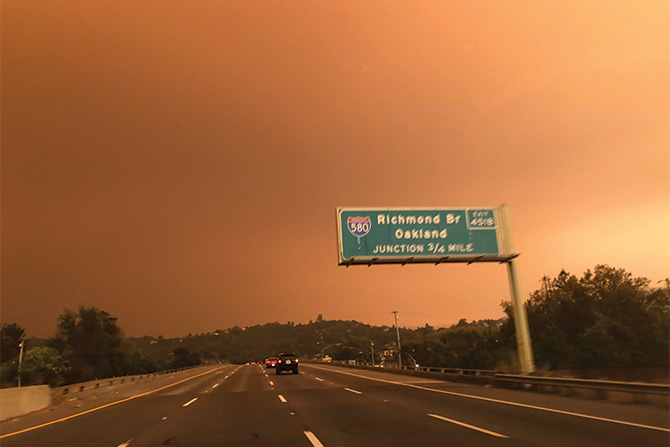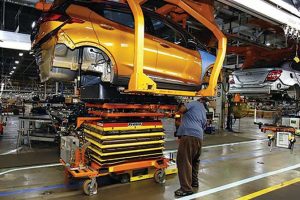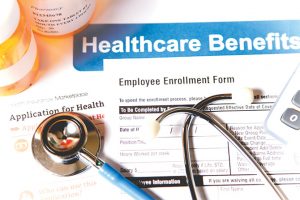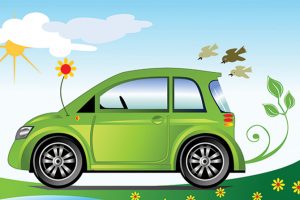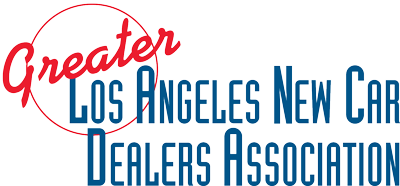By The Greater Los Angeles New Car Dealers Association
The State of California enacted an emergency regulation in 2019 to protect employees from hazards related to wildfire smoke (https://www.dir.ca.gov/dosh/doshreg/Protection-from-Wildfire-Smoke/Wildfire-smoke-emergency-standard.html). The emergency regulation is in effect until Jan. 20, 2021 (https://www.dir.ca.gov/oshsb/Protection-from-Wildfire-Smoke-Emergency.html) with the possibility of extension. The regulation requires employers to act when the Air Quality Index (AQI) for airborne particulate matter (PM 2.5) is 151 or greater. See Note, at end of article. Outdoor occupations such as agriculture, construction, landscaping, and shops with open layouts are affected. Also, when an employee spends one hour or more outside over a shift, they must comply with this regulation. High traffic areas, such as the showroom, where the front doors are opened frequently, are also impacted.
Action Needed: At the beginning of the shift and periodically after that, the employer must check the AQI for PM 2.5. Look for AQI data in real-time at www.airnow.gov and use your zip code. Smartphones under the Weather app also provide the AQI data. If employees may be exposed to wildfire smoke, the employer must find out the current AQI applicable to the worksite. If the current AQI for PM2.5 is 151 or more, the employer is required to:
- Check the current AQI before and periodically during each shift.
- Provide training to employees.
- Lower employee exposures.
- Provide respirators and encourage their use.
The action taken by the employer may consist of engineering control and/or administrative controls. Engineering control would be placing the employees in a building with an air filtration system that reduces the PM 2.5 below 150. Cal/OSHA standard Title 8 CCR Section 5141.1 lists the enforcement based on the AQI as follows:
- AQI at or below 150: Generally normal. Wildfire smoke regulation does not apply.
- AQI of 151-500: N95 respirator use is voluntary. Employees with certain health conditions need to follow medical guidance.
- AQI exceeds 500: Employees must use N95 respirator with training and management.
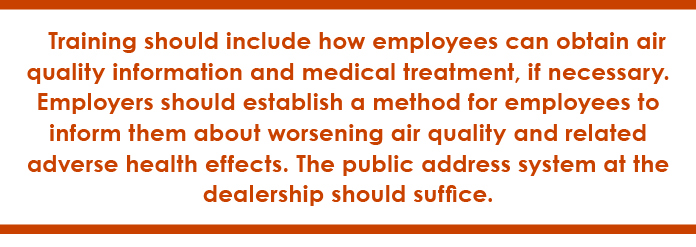
Respirators: Respirators must be provided to employees when both engineering and administrative controls are not feasible. The N95 disposable particulate type respirator to protect employees is available for about $5/mask through various distributors. Safe use, maintenance and product limitations noted on the box of respirators must be reviewed. Cal/OSHA regulations https://www.dir.ca.gov/title8/5144d.html (Appendix D) have a specific memo on the usage of such respirators that must be reviewed as well.
Training: The employees must be trained on the new regulation, including wildfire smoke’s health effects. USE ATTACHED MEMO. Information at www.airnow.gov may be utilized to train employees and those at higher risk of health issues related to wildfire smoke. Training should include how employees can obtain air quality information and medical treatment, if necessary. Employers should establish a method for employees to inform them about worsening air quality and related adverse health effects. The public address system at the dealership should suffice.
Note: PM 2.5 refers to tiny particles or droplets in the air that are 2.5 microns or less in width. Like inches, meters and miles, a micron is a unit of measurement for distance. There are about 25,000 microns in an inch. The widths of the larger particles in the PM 2.5 size range would be about thirty times smaller than that of a human hair.
DISCLAIMER: The contents of this newsletter are merely for informational purposes only and are not to be considered as professional advice. Employers must consult their lawyer for legal matters and EPA/OSHA consultants for matters related to Environmental, Health & Safety. This article was authored by Sam Celly of Celly Services, Inc. who has been helping automobile dealers comply with EPA and OSHA regulations since 1987. Sam received his BE (1984) and MS (1986) in Chemical Engineering, followed by a J.D. from Southwestern University School of Law (1997). Our newsletters can be accessed at www.epaoshablog.com. Your comments/questions are always welcome. Please send them to sam@cellyservices.com.
The Greater Los Angeles New Car Dealers Association
This story appears in Issue 4 2020 of the Los Angeles Dealer Magazine.

